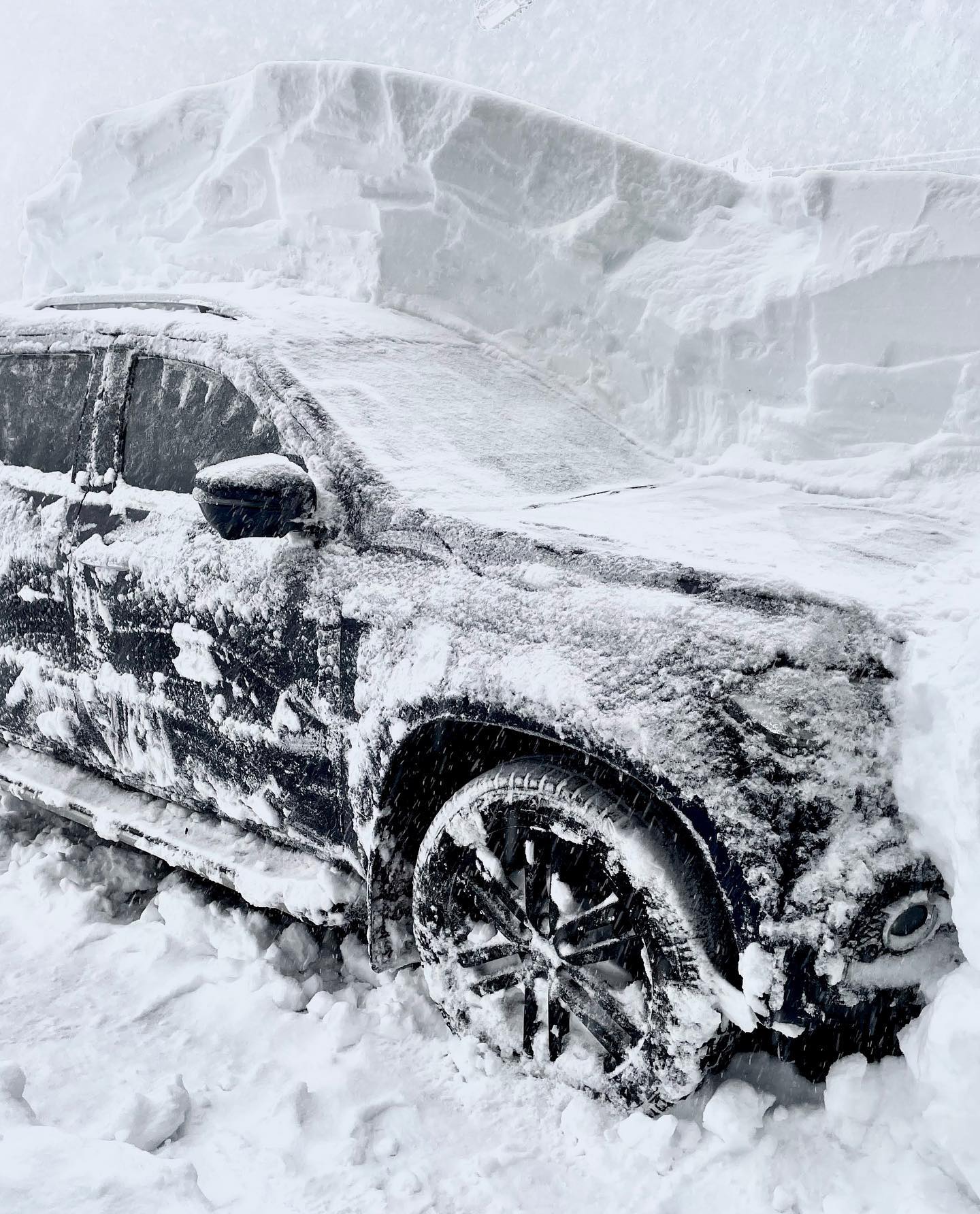Learn Which Areas Get the Most Snow In Australia During the Chilly Periods
Learn Which Areas Get the Most Snow In Australia During the Chilly Periods
Blog Article
Discover the Remarkable Effects of Snow in Australia on Local Ecological Communities
Despite its reputation for sun-soaked landscapes, Australia likewise flaunts areas buried by snow-- a phenomenon that exceptionally influences the nation's distinct communities. The insulating residential or commercial properties of snows secure vegetation and animals in the middle of the chilliest winters months, while the melting snow nurtures rivers and aquatic life. The real marvel lies in how these frosty conditions form the nation's biodiversity and nutrient cycles. As we decipher this elaborate relationship, we locate ourselves treading on undiscovered grounds in Australia's high country.
The Unexpected Regions of Snowfall in Australia
Although Australia is frequently related to sandy beaches and sun-scorched landscapes, specific areas remarkably experience snowfall. The high nation regions of New South Wales, Victoria, and Tasmania are particularly understood for their winter months snow. The Snowy Hills in NSW, as an example, obtain abundant seasonal snow, providing a stark comparison to the nation's typical warm, arid climate. The Victorian Alps and parts of Tasmania also see yearly snowfalls, changing the landscape right into a winter season paradise. These locations are not just abnormalities however integral components of Australia's varied environment system. The visibility of snow in these areas considerably influences regional ecological communities, subsequently impacting the nation's unique biodiversity. The specific impact on Australia's distinctive plants will be gone over in the following area.

Exactly How Snow Impacts Australia's Distinct Plants
While it might seem uncommon, snowfall in Australia plays an essential function in shaping the nation's unique flora. The snow-filled wintertimes foster resilience in Australian plant varieties. This is particularly obvious in the alpine and sub-alpine regions, where snow gums and hill plum-pines grow. These plants have actually advanced to make it through in extreme conditions, with snow offering as a safety blanket from freezing temperatures and harsh winds. The snow also adds to the dampness material of the soil, offering needed hydration for plant during the dry summer season months. In significance, the snow affects the timing of flowering and seed dispersal, the growth prices, and the survival of numerous plant types, showcasing the intricate interaction in between environment and flora in Australia.

The Adjustments of Australian Animal to Snowfall
Just as Australia's flora has actually adjusted to the wintery conditions, the neighborhood animals also, show impressive adaptations to the snowfall. It uses the snow as insulation, hibernating in rock gaps underneath the snow to remain warm. The Snow Skink, a species of lizard, changes its colour to white throughout winter season, offering camouflage versus killers.
The Function of Snow in Shaping Local Ecological Communities
Fit the regional communities, the role of snow in Australia is both multilayered and profound. It influences the circulation check my site of vegetation and fauna, largely specifying the biodiversity of towering and sub-alpine regions. Snow supplies a critical water source, feeding rivers and tanks as it thaws, hence supporting a variety of water life types. Furthermore, snow acts as an insulator, shielding ground-dwelling organisms from severe cold. Similarly, it plays a significant duty in soil formation and nutrient cycling. The periodic cold and thawing of dirt caused by snowfall fosters the malfunction of rocks, improving soil fertility. The visibility of snow shapes the vegetation patterns, pet actions, and general sustainability of Australia's one-of-a-kind ecosystems.

The Future of Snowfall in Australia: Predictions and Effects

Given the crucial function snow plays in forming why not find out more neighborhood ecosystems, the future of snowfall in Australia is attracting raising attention from conservationists and scientists. Existing environment designs anticipate a substantial decline in snowfall because of international warming, with possibly extensive effect on regional ecosystems. Much less snow can cause reduced water accessibility in towering regions, adversely impacting wildlife habitats and plant. In addition, it could alter the timing of seasonal modifications, interrupting the life process of lots of indigenous species. The tourist market, heavily dependent on the winter season snow period, might likewise deal with substantial obstacles. Therefore, comprehending these forecasts and their implications is essential to establish reliable conservation strategies, ensuring the preservation of Australia's her comment is here distinct biodiversity and the sustainability of its economic situation.
Verdict
The role of snow in Australia's communities is essential yet frequently overlooked. It serves as a protector, a nurturer, and a shaper of varied towering types, adding to the richness of Australia's high nation. As weather patterns remain to move, comprehending the implications and possible changes of these snow-influenced communities is essential. Hence, the snow in Australia is a lot more than an all-natural spectacle; it's a vital gamer in the nation's environmental narrative.
In spite of its track record for sun-soaked landscapes, Australia additionally boasts regions buried by snow-- a sensation that exceptionally influences the nation's one-of-a-kind environments. It makes use of the snow as insulation, hibernating in rock holes underneath the snow to remain cozy - Snow In Australia.In forming the regional ecological communities, the duty of snow in Australia is both profound and multilayered. The presence of snow shapes the plant life patterns, pet behavior, and overall sustainability of Australia's distinct communities
Given the important role snow plays in shaping local environments, the future of snowfall in Australia is attracting raising focus from conservationists and researchers.
Report this page